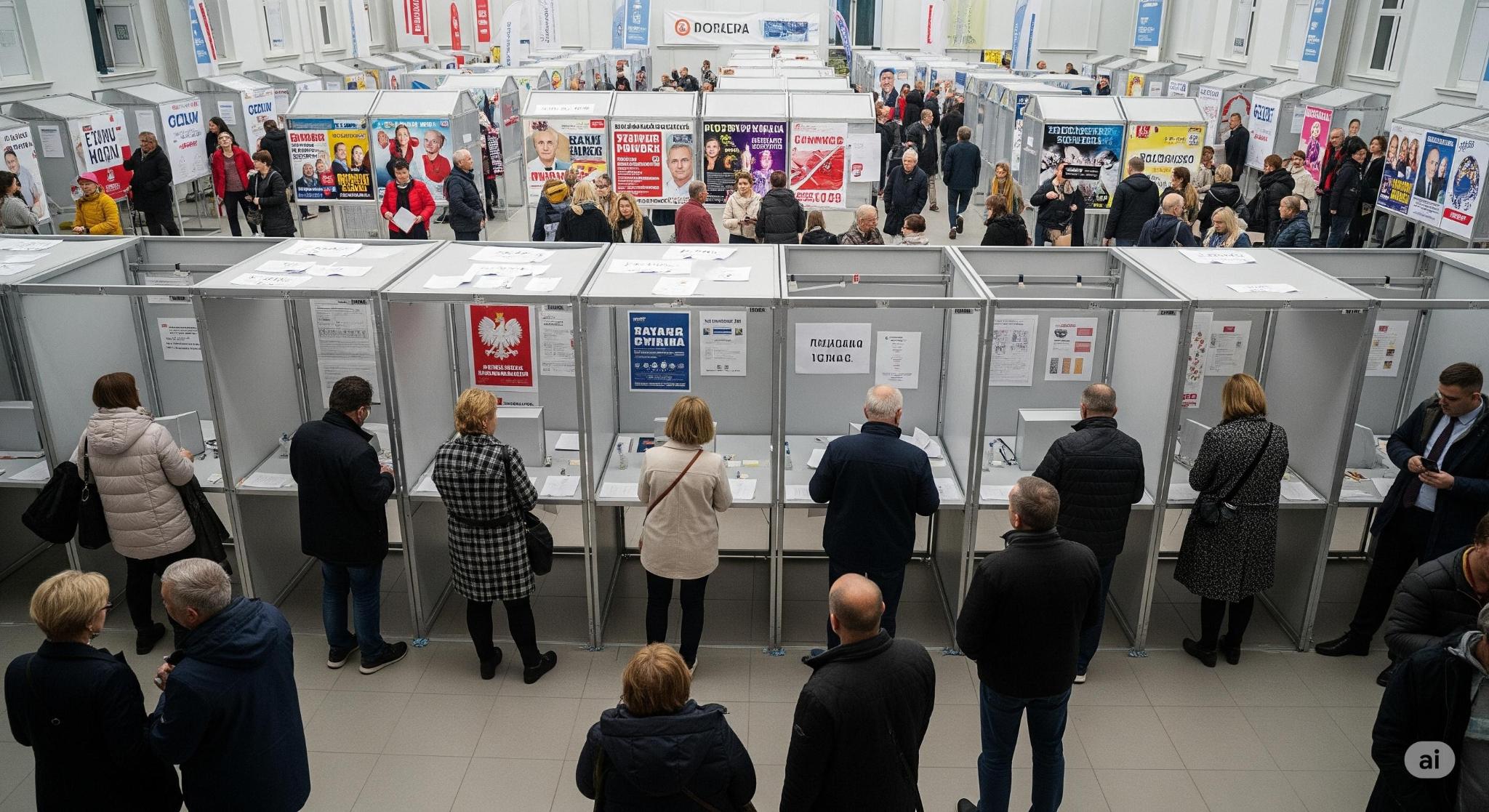Poland faces a challenging period of political cohabitation following the country’s presidential election, which has returned a right-wing head of state while the pro-European coalition government led by Donald Tusk retains its fragile hold on parliament.
Author: Szilvia Kecsmar
In an episode of CEA Talk, Marek Tatala, president of the Civil Development Forum in Warsaw, said the outcome reflects a “deep and persistent polarisation” in Polish society. With Karol Nawrocki — a candidate aligned with the conservative Law and Justice (PiS) party — securing the presidency, and the centrist-liberal camp maintaining parliamentary control, Poland now enters a phase of institutional friction and potential legislative paralysis.
The Tusk government survived a motion of no-confidence in the Sejm earlier this month, but its reform programme could face sustained resistance from the presidential palace.

A political stalemate in the making
Tatala described the outcome as the continuation of a structural deadlock. “This is not a new phenomenon,” he said. “We’ve had divided rule before — but the stakes are now higher, especially with Poland’s positioning in Europe and the pressures from the war in Ukraine.”
Tatala noted that Nawrocki’s victory owed more to electoral fatigue and strategic mobilisation than to a wave of conservative enthusiasm. “There was no surge — only resistance,” he said, characterising the result as a “negative mandate.”
He warned that the newly formed executive arrangement is likely to test the limits of Poland’s constitutional balance. The president holds veto power over legislation, while the government leads day-to-day policymaking and foreign affairs — a configuration that could paralyse key reforms, including judicial restructuring and EU-aligned economic adjustments.
Economic performance masks structural concerns
Poland’s macroeconomic outlook remains relatively stable, bolstered by resilient domestic demand and renewed access to EU recovery funds. The Tusk administration has pledged to improve regulatory conditions and pursue digital and green investments.
Tatala credited successive governments with safeguarding the fundamentals of Poland’s market economy. Yet he identified structural vulnerabilities — particularly labour shortages and demographic decline — as looming risks to growth.
“We have an open economy with a competitive base, but long-term planning is still lacking,” he said.
Defence posture hardened, but foreign policy uncertain
While Poland’s response to the war in Ukraine has drawn broad consensus, Tatala noted growing divergence in the rhetoric and priorities of Warsaw’s institutional actors. The country is now spending close to 5 per cent of GDP on defence — the highest level in the EU — and remains a critical logistical and political hub for Kyiv.
But Tatala expressed concern over the foreign policy instincts of the incoming president, who has previously voiced admiration for nationalist leaders abroad. “The government will direct foreign affairs,” he said, “but conflicting messages could emerge — particularly on US relations and policy towards China.”
The uncertainty could complicate Poland’s position within the EU, where Warsaw has sought to restore its credibility after years of tension over rule of law and judicial independence.
Reform and rule of law remain at risk
One of the most immediate points of contention between the presidency and government is likely to be the Tusk-led initiative to reverse PiS-era judicial reforms. These reforms, which critics say undermined judicial independence, remain a point of friction with Brussels and a barrier to full access to EU funds.
Tatala warned that presidential vetoes could stall the process. “Without legal continuity and credible reform, we risk both institutional instability and reputational damage,” he said.
Disillusioned youth and an evolving media landscape
Tatala also pointed to a shift in generational political engagement. Young voters, while increasingly mobilised, appear less aligned with traditional party structures and more drawn to populist figures adept at digital outreach.
“This is no longer just about ideology — it’s about authenticity and the ability to communicate,” he observed.
Media fragmentation and growing distrust in traditional institutions have added to the complexity, reinforcing echo chambers and accelerating political volatility.
Prospects for cooperation remain limited
Asked whether any policy areas might allow for consensus between the presidency and government, Tatala offered only modest optimism. “Defence is one possibility,” he said. “Perhaps reconstruction in Ukraine. But fundamentally, this is a system designed for competition, not cooperation.”
As Poland prepares for a potentially protracted institutional standoff, investors, EU partners, and regional observers will be watching for signs of resilience — or further fracture.
For more insights on Central European political risk, EU institutional developments, and transatlantic relations, follow CEA Magazine and the CEA Talk podcast.
Cover photo credit: Gemini

Szilvia Kecsmar is a writer, journalist, and media informatics specialist, serving as the editor-in-chief of CEA Magazine.



